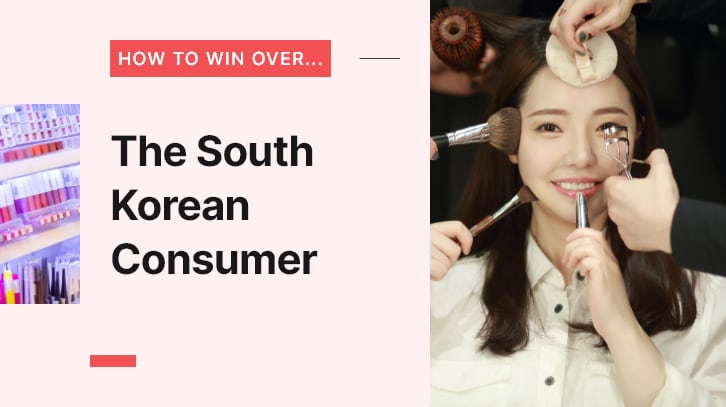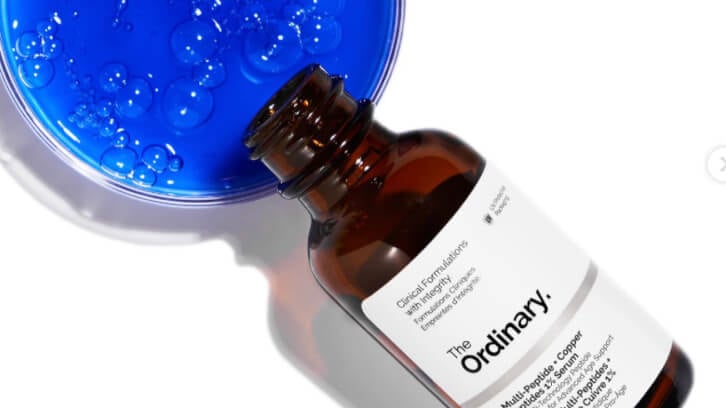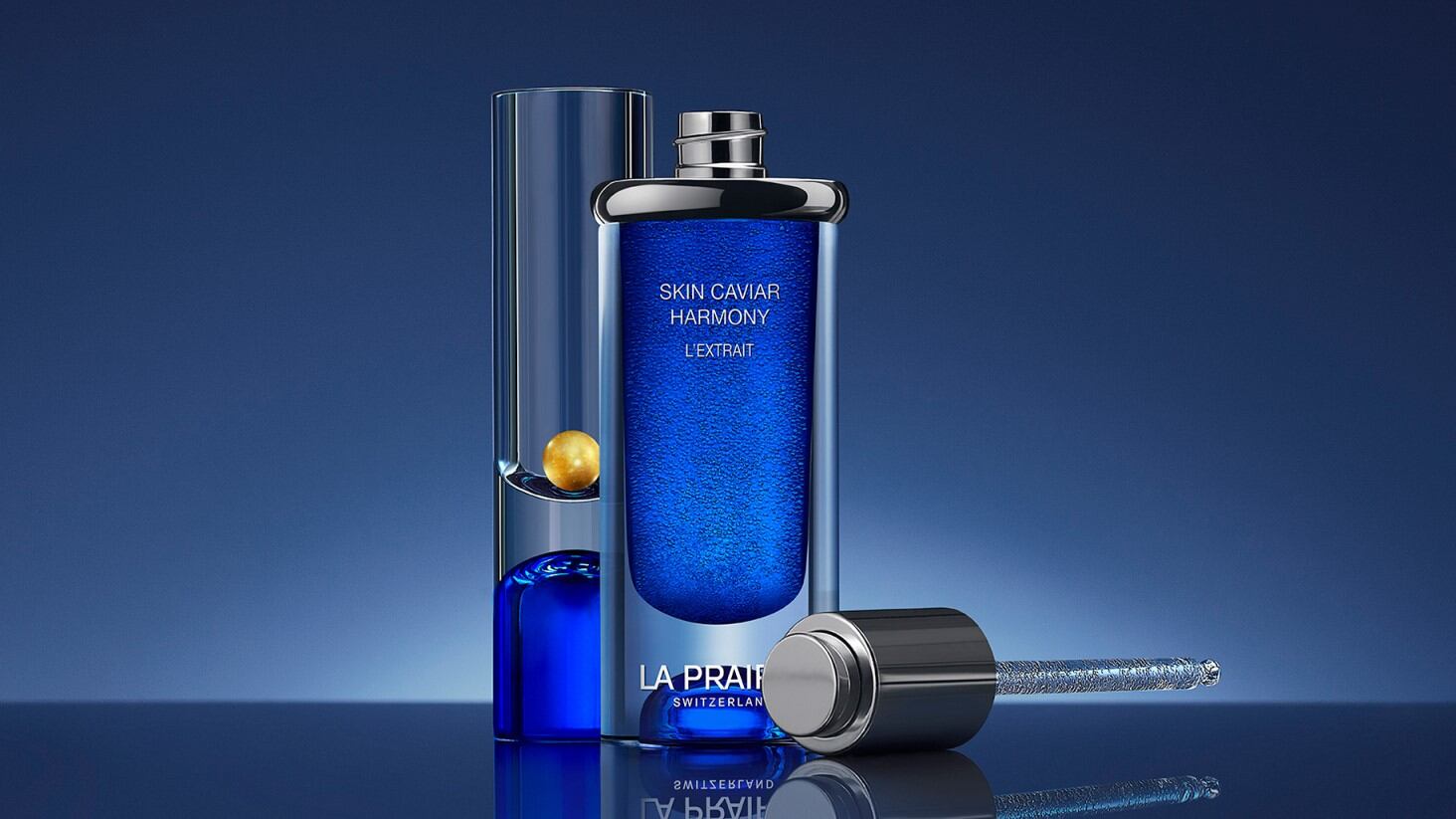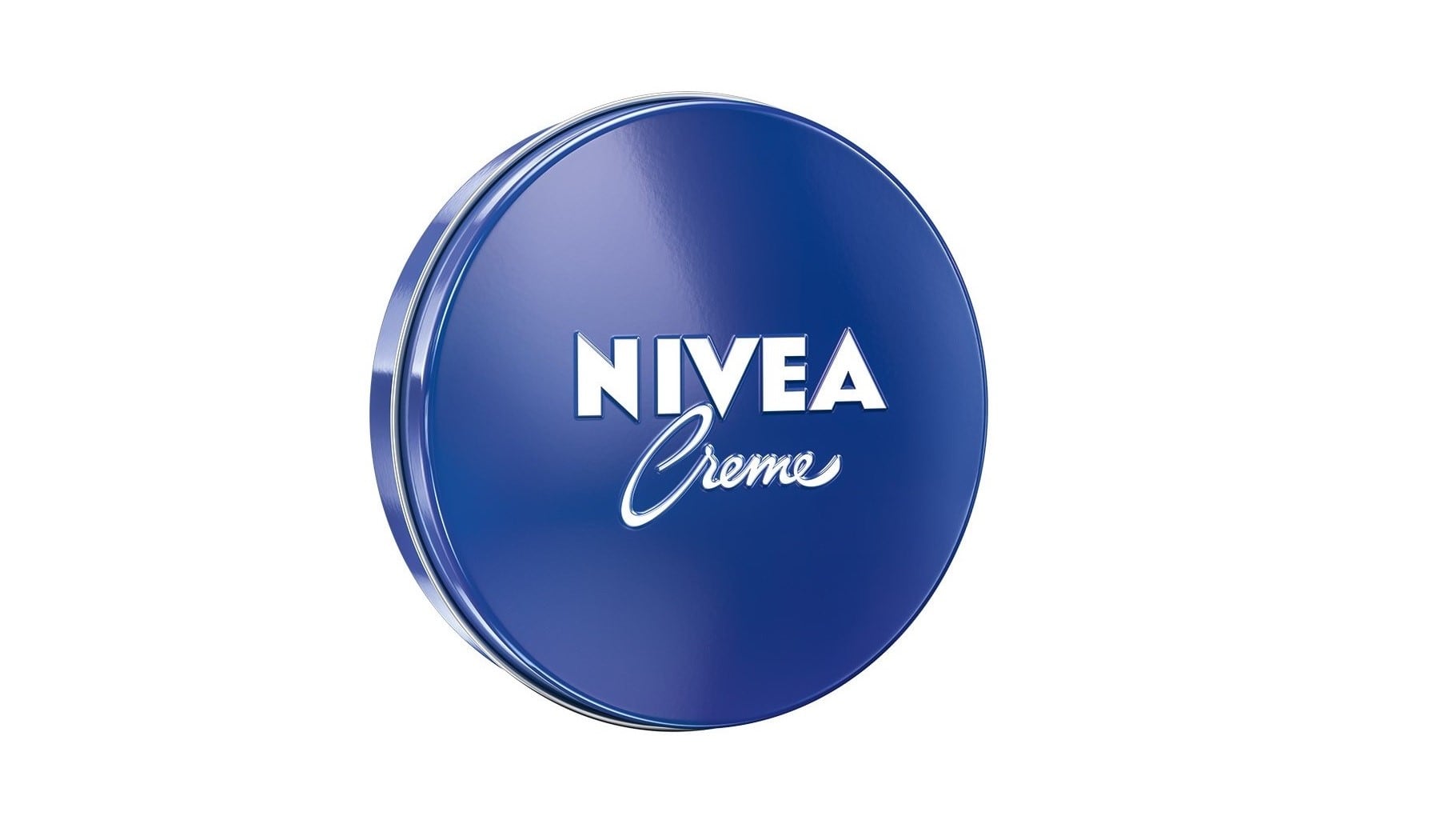One of the most significant milestones in K-beauty's history was BB cream's introduction in the early 2000s. An abbreviation for ‘blemish balm’ or ‘beauty balm’, BB creams combine skin care benefits with light coverage.
While many associate it with K-beauty, BB creams trace its roots back to Germany in the 1960s, when dermatologist Dr Christine Schrammek formulated a product to aid skin healing after medical aesthetic procedures.
The skin-friendly benefits of BB creams captured the imagination of Korean cosmetic manufacturers. They added more skin care benefits like sun protection to reflect the country’s strong emphasis on skin care and the resulting product gained immense popularity among Koreans.
Some brands that were catapulted internationally on the back of this BB bonanza include Missha, Dr.Jart+, Skinfood, and Skin79.
The importance of BB creams to K-beauty cannot be overstated. It subsequently helped to launch K-beauty onto the global stage, playing a transformative role in establishing Korea’s cosmetics industry as a global powerhouse.
Although BB creams are no longer as fashionable as they once were, they embody what Koreans value in cosmetic products, even today.
For instance, Korean beauty consumers are incredibly open and willing to adopt innovations.
“They are always on the lookout for the latest and most innovative products in terms of packaging, ingredients and results,” said Lauren Lee, founder of K-beauty e-commerce platform StyleStory.
Gianluca Foà, partner of Italian cosmetics firm, Toiletpaper Beauty, echoed Lee’s sentiments and added that brands were expected to innovate constantly.
“They are very attentive to the quality and aesthetics of the product, willing to discover the latest news available not only in the national but also the international market. Korean customers like to flock to department stores to try out the latest products and innovations available on the market and to be continuously stimulated with new offers and proposals,” he said.
Quite significantly, Korean beauty consumers are ultimately very “skin care-centric”, said Hana Lee, founder of Melixir.
“Achieving clear, hydrated, and healthy skin is the primary goal of Korean consumers and they prioritise skin care over makeup.”
And last but not least, Korean consumers can be very trend-sensitive, said Odile Monod, a Seoul-based K-beauty expert and founder of The Monodist.
However, Monod highlighted that they are highly knowledgeable and discerning.
“Beauty review apps are very popular in the Korean market, which is quite unseen in other markets. These consumers use apps to check reviews of products before purchasing. This shows you that they don’t blindly follow trends, they identify the best products beyond social media hype and sponsored reviews.”
On the pulse: Current market dynamics
As the K-beauty market thrived at home and abroad, Chinese consumers have become crucial to its prosperity. Their high interest in K-beauty products, coupled with their willingness to spend on quality and innovative items, has contributed to the success of many K-beauty brands.
However, geopolitical events such as the THAAD (Terminal High Altitude Area Defence) crisis between Korea and China, demonstrated the vulnerability of the K-beauty industry to fluctuations in Chinese demand. The COVID-19 pandemic aggravated the situation as international travel halted.
“Today, the Korean market is really struggling with the financial crisis linked to the situation in China. There are many Korean companies that have had to withdraw from the Chinese market and they are trying to branch out to the Western markets or South East Asia,” said Monod.
Lauren added: “Chinese tourism remains important to the Korean beauty market, but many brands are trying to lessen their reliance on China in the post-COVID era by seeking new markets for expansion globally. Domestically in Korea, however, areas like Myeong Dong and the duty-free stores remain reliant on Chinese tourism to a greater extent.”
Hana highlighted that brands have had to rethink their businesses in the wake of the pandemic.
“The Korean beauty market is restructuring after the COVID-19 pandemic. Many brands that focused on offline business went through hard times and new brands are looking for their own niche to survive rather than investing in paid marketing.”

However, Foà credited the K-beauty brands for developing a robust domestic market.
“A great lesson to learn is that it would have been easy for Koreans to live only on income from Chinese tourism, but they were good at not resting on their laurels and developing a strong domestic market that boosted consumption even during the pandemic,” he said.
However, with the South Korean government enticing Chinese travellers back with new policies, Hana expressed her optimism that Chinese travellers will return.
“The retail industry, especially travel retail, and brands are happy with the new travel policies that allow Chinese tourism. China is the second biggest beauty market, after the US, and it is more important for Korean brands to appeal to Chinese consumers.”
A tale of two minds: Consumer consumption trends
According to Monod, economic uncertainty has had an impact on current consumer consumption trends.
“There’s been a strong trend towards multifunctional products and minimalism. We’re seeing that the consumer is buying fewer products and they are buying products that do multiple things at a time.”
She highlighted the popularity of Laniege’s Perfect Renew 3X Signature Serum, which combined three different serums to address wrinkles, firmness, and radiance.
At the same time, Monod highlights strong interest in high-end foreign brands, namely fragrance and wellness brands such as Santa Maria Novella from Italy.
“As an Italian living in Korea, it’s surprising to see Santa Maria Novella doing so well in Korea. Part of the reason is that Shinsegae got the licencing and they have promoted it heavily.
“But it’s also understanding as a reaction to the austerity to the current events. On one hand, we have the consumers trying to minimise their skin care routine as much as possible, on the other, they are spending on things like wellness and perfumery.”
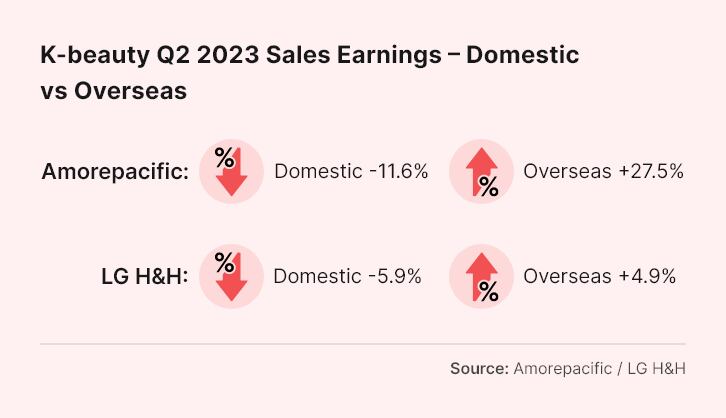
Retailer Shinsegae International, which holds the distribution rights for Santa Maria Novella in Korea, has previously noted a strong interest in luxury perfumes.
In addition to Santa Maria Novella, Shinsegae also imports and distributes labels such as Byredo, Diptyque, and Memo Paris. The retailer noted that niche luxury fragrances were bucking the economic trends and growing.
From January to May, Memo Paris recorded a sales growth rate of 96.2% compared to the same period last year.
It reported that 80% of buyers were younger consumers from the millennial and Generation Z demographic and were the driving force of sales growth.
In June, Shinsegae announced that it had secured exclusive distribution contracts for luxury fragrance brands Heeley and Culti Milano to strengthen its position in the rapidly growing category.
According to Olive Young, sales of premium products have grown at an average annual rate of 36% from 2021 to 2022. This has spurred the company to launch its own premium beauty retail brand, Luxe Edit.
The sales were driven by younger consumers, namely millennials and Gen Zs, who are emerging as the driving force of the luxury market.
Microbiome, biotech, wellbeing: Emerging beauty trends
Like many markets across the globe, the importance of skin health has taken centre stage. Perceived ‘clean’ values such as ingredient safety and eco-conscious packaging have become paramount in K-beauty.
Leading beauty retailer Olive Young was expecting its clean beauty brands to rake in $200m in sales this year as demand for clean products remains voracious among consumers.
“After the COVID-19 pandemic, people wear less makeup and focus on achieving a healthy and dewy complexion. Sunscreens with colour correction functions are in high demand in the market too,” said Hana.
Lauren echoed her statements, noting a focus on ingredients that calm and soothe the skin.
Hana expects this to continue and drive the demand for microbiome-centric skin care products. “In the future, one way to identify healthy products will be if they are backed by microbiome science.”
Foà added that the pandemic has made consumers more careful.
“COVID has changed the uses and purchasing habits a lot and today the consumer in general, but particularly the Korean one, is careful to choose well, no longer trusting only what is declared by the advertisements but through a careful reading of the components on the label.”
He added: “Today cosmetics faces a strong challenge, that of having to offer not only dreams but true well-being.”
In the same vein, this is driving the interest in biotechnology, said Monod.
“Korean beauty companies and the ODMs are investing in technologies that deliver ingredients more effectively. In the last couple of years, we’ve seen a lot of focus on liposomes, which is funny because it’s like you’re selling a cake and advertising the oven.”
Our experts have highlighted growth opportunities in several areas such as hair care and colour cosmetics. However, Monod believes the most exciting opportunities lie in the well-being category.
Toiletpaper is actively participating in this space and is successfully captivating Korean consumers with its use of high-quality ingredients. The brand’s product range includes shampoos, shower gels, body lotions, soaps, and hand creams.
“Products with high-quality raw materials that transform the cosmetic into a functional cosmeceutical for a rediscovered physical and mental well-being,” said Foà.
“Right now, it's still very much dominated by foreign brands. But in the last couple of years, we've seen many Korean companies trying to dip their toes into that segment, which makes me think there's going to be a real explosion of domestic brands in that category in the next couple of years,” said Monod.
Local vs. foreign brands: Battle for market share
Today, the Korean beauty market is one of the undisputed leaders of beauty, setting trends and pushing boundaries. Every player in the market keeps one eye on Korea as it remains at the forefront of innovation.
The popularity of K-beauty globally has been further reinforced by Hallyu, or the Korean wave, driving cultural exports such as entertainment, food, fashion, and beauty.
The demand for all things Korean has given rise to a diverse range of local brands. These brands hold a considerable level of strength and influence both domestically.
They are known for their emphasis on research and development, often introducing innovative ingredients and technology. Furthermore, local brands understand the nuances of Korean skincare culture, allowing them to develop products that align with consumers' preferences and needs.
Some segments of the Korean beauty market, particularly the skin care sector, could be considered quite saturated with local brands. Competition is fierce, and brands must constantly innovate to stand out.
“It's not easy for a foreign brand to win over the Korean market,” Lauren told CosmeticsDesign-Asia.
“Foreign beauty brands that do well in Korea tend to already be famous overseas, with a well-known hero product or brand founder, like a celebrity. They also tend to already have multinational distribution channels in place with global retailers like Sephora. It would be unusual for a foreign indie brand to take off in Korea.”
Monod agreed, noting that foreign brands like Maybelline have done well in the market by authentically speaking to the domestic consumer and adapt their celebrity endorsements to the local market.
She added that foreign brands tend to dominate in the luxury space, while local brands saturate the mass segment. “For skin care, the luxury space is 60% to 40% in favour of foreign brands. Fragrance and body care is still very much dominated by foreign brands.”
Lauren said that breaking into the Korean market requires an understanding of the relevant target consumer, including where and how they tend to make purchasing decisions.
“For younger generations that are more trend-focused, it is important to analyse any current trends and popular celebrities in their age group and where they hang out both digitally and offline, as well as the media they consume.”
Millennials and Gen Zs, commonly abbreviated as the MZ generation in Korea, can be attracted by a mixture of social media marketing campaigns and collaborations with influencers, or better yet, celebrities.
Lauren added that pop-ups in ‘hot’ locations, or 핫플, tended to work well with the MZ consumers, as did product placement in television dramas.
As for older consumers, they could be reached through the home shopping channels, said Lee. “Home shopping remains popular and can be a good place to concentrate on for marketing activities.”
Toiletpaper Beauty expanded into the Korean market this year. Its quirky aesthetic and quality products have resonated with Korean consumers. The brand is owned and developed by luxury hotel amenities supplier La Bottega.
“Nothing like this has ever been seen before in the cosmetic industry, and instantly catches the attention of people who love to linger in this dreamlike mood by taking selfies to post on social networks,” said Foà, who helped to establish Santa Maria Novella in Korea as its former global commercial director.
“And the products are made by La Bottega, global leader for the production and distribution of over 40 licensed high-end cosmetic brands, satisfy the demand for quality products of the most demanding consumers.”
The company has partnered with Korean tech giant Samsung to introduce bespoke refrigerator door panels and mobile covers for its latest Galaxy Z Flip5 mobile phone.
“There is a lot of attention and curiosity towards Toiletpaper from big Korean companies precisely because the world it evokes is perhaps the escape route that the new generation seeks to avoid the enormous problems proposed by modern society,” said Foà.
“The surreal and dreamlike images to on the doors of the refrigerators and the covers of the latest generation mobile phones through the collaboration with Samsung certainly brings considerable attention and interest to the brand.”
He said South Korea's beauty market is a treasure trove of business opportunities that cater to a diverse range of preferences and trends.
“The opportunities offered by the Korean market are many if approached with humility and dedication trying to understand the mentality and adapting the offer to the trends of the moment.”
While local brands are indeed very strong, it is also increasingly competitive.
“It is a highly competitive market, and the saturation makes it difficult for indie brands to gain visibility to attract consumers’ attention,” said Hana.
She added that local brands needed to address their limitations, not just for the sake of the domestic market but for its export potential as well.
“Diversity and inclusivity are key. There is a lack of inclusivity in both product offerings and marketing messages, such as limited shade ranges. The culture has started to change to ensure inclusivity and the importance of embracing global consumers for long-term success in the global beauty landscape.”
The Korean beauty market's resilience will be tested in the face of economic uncertainty. However, these challenges also bring opportunities for adaptation, innovation, and strategic planning. Beauty brands that wish to win over the high demands of Korean consumers must navigate this unchartered territory by understanding the shifting consumer behaviours while continuing to offer value and quality.


